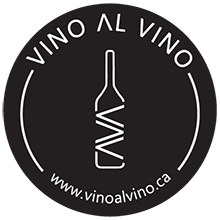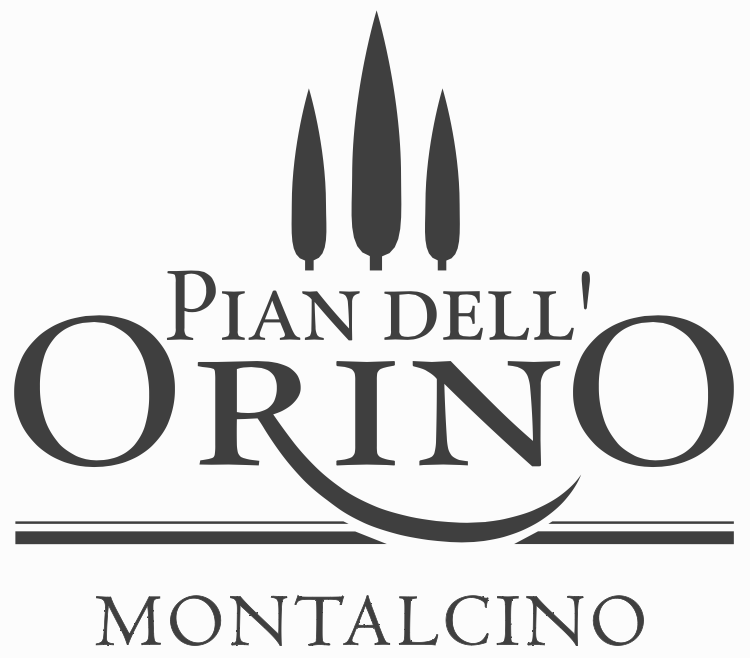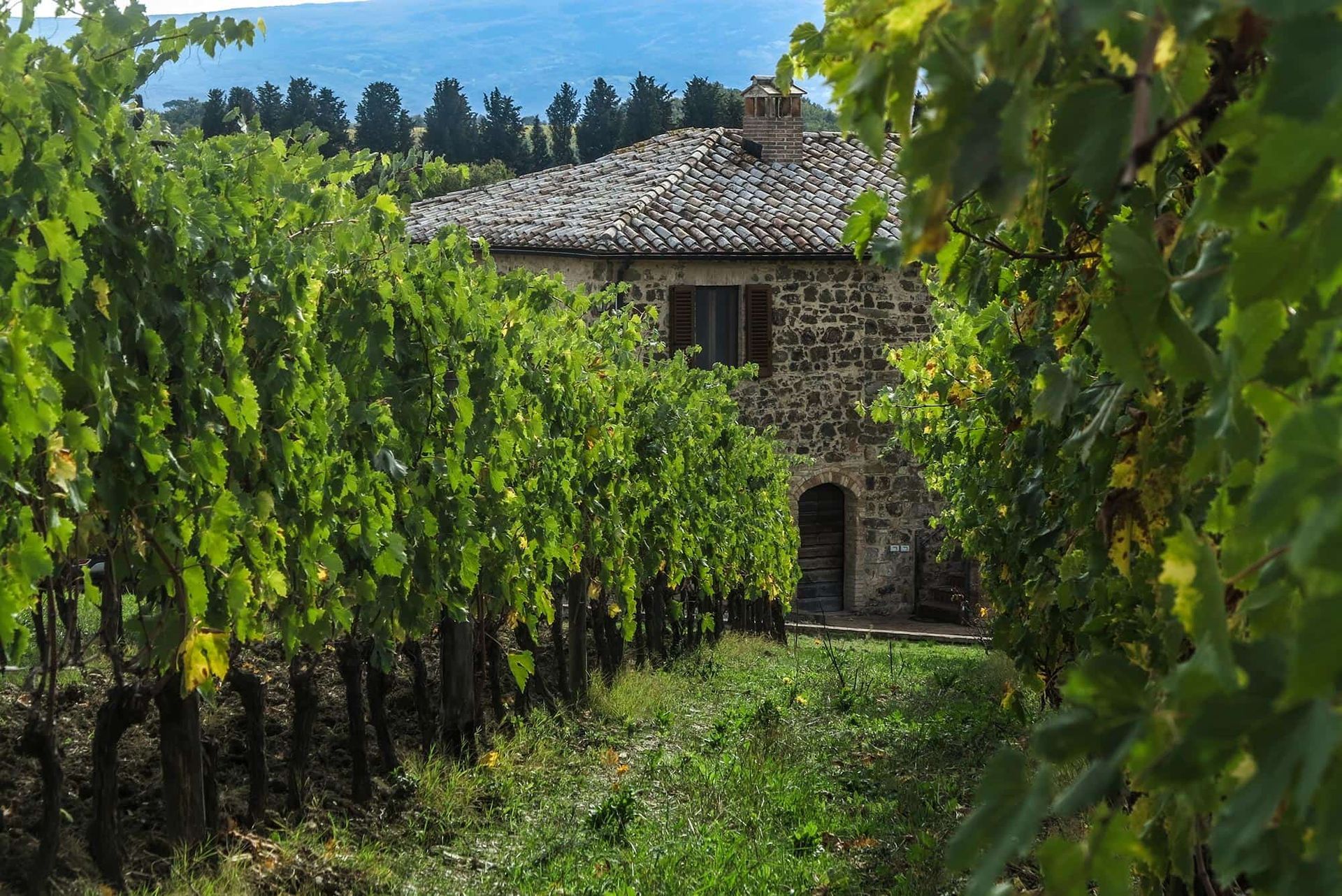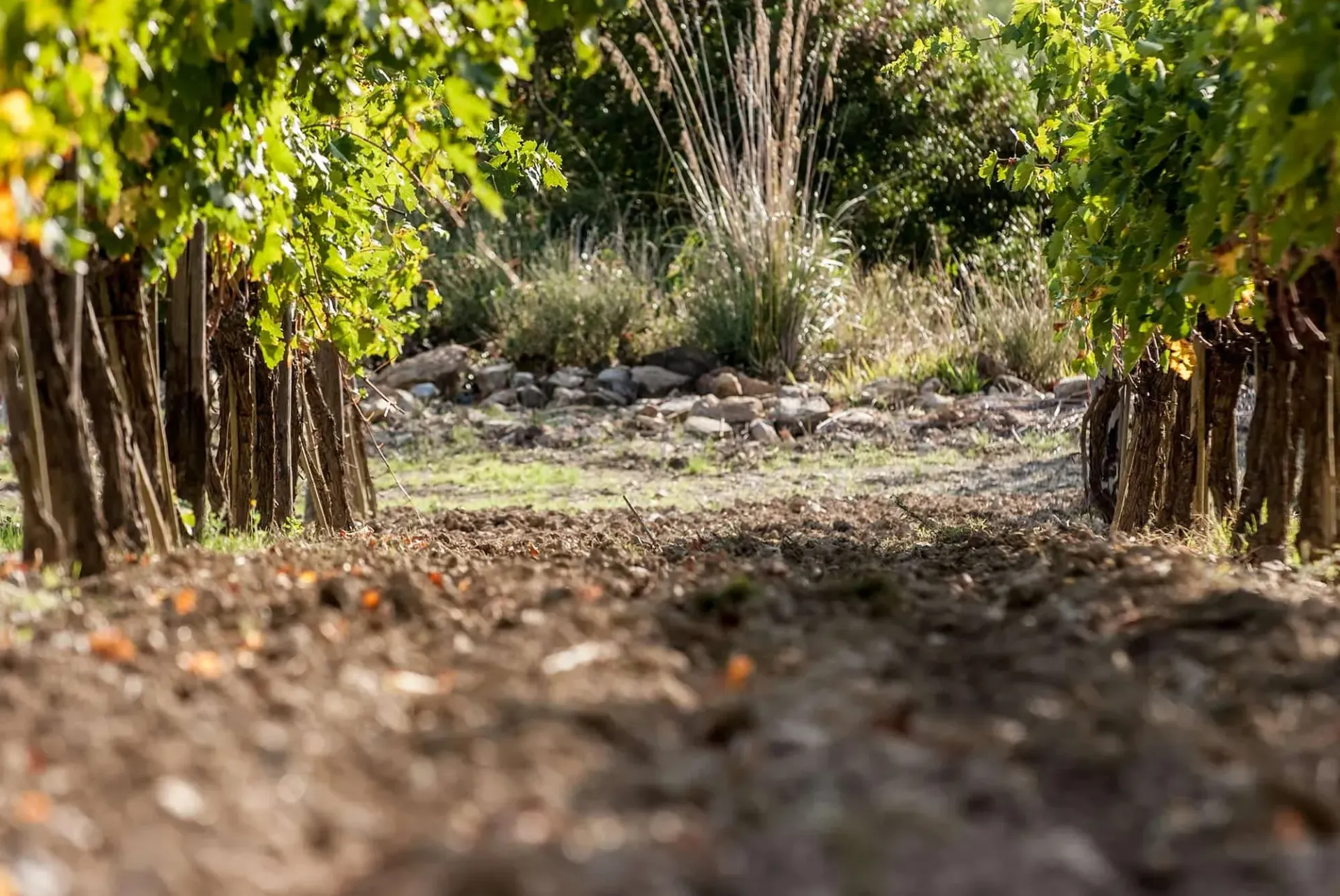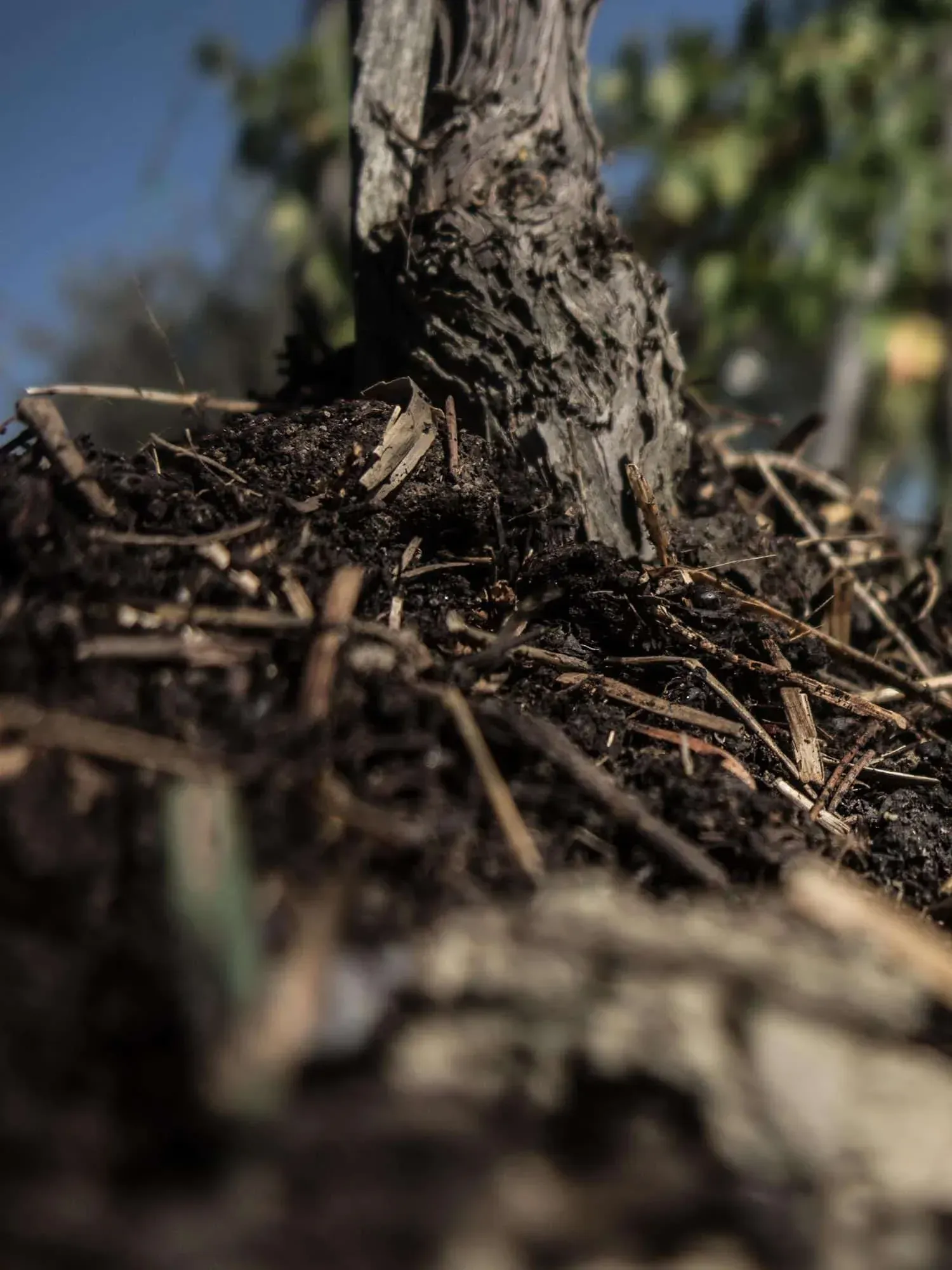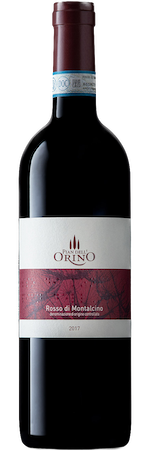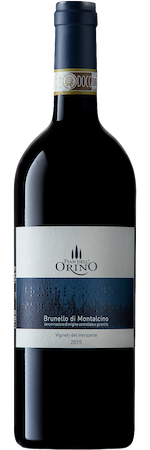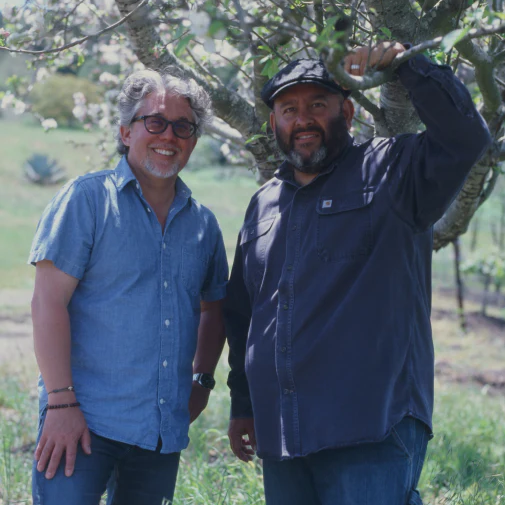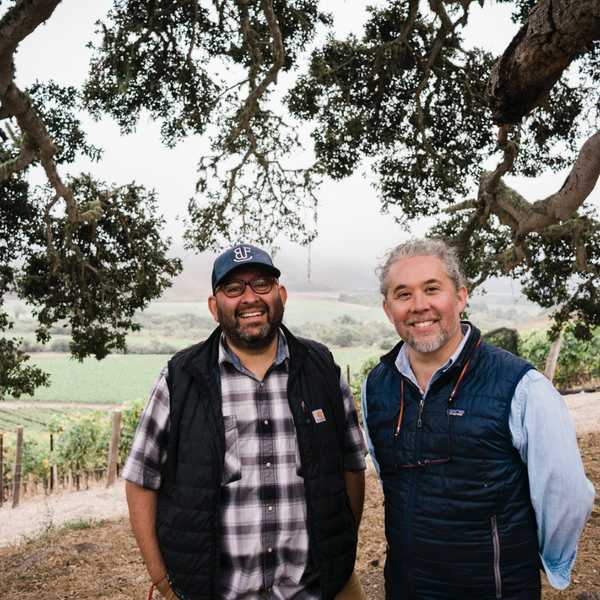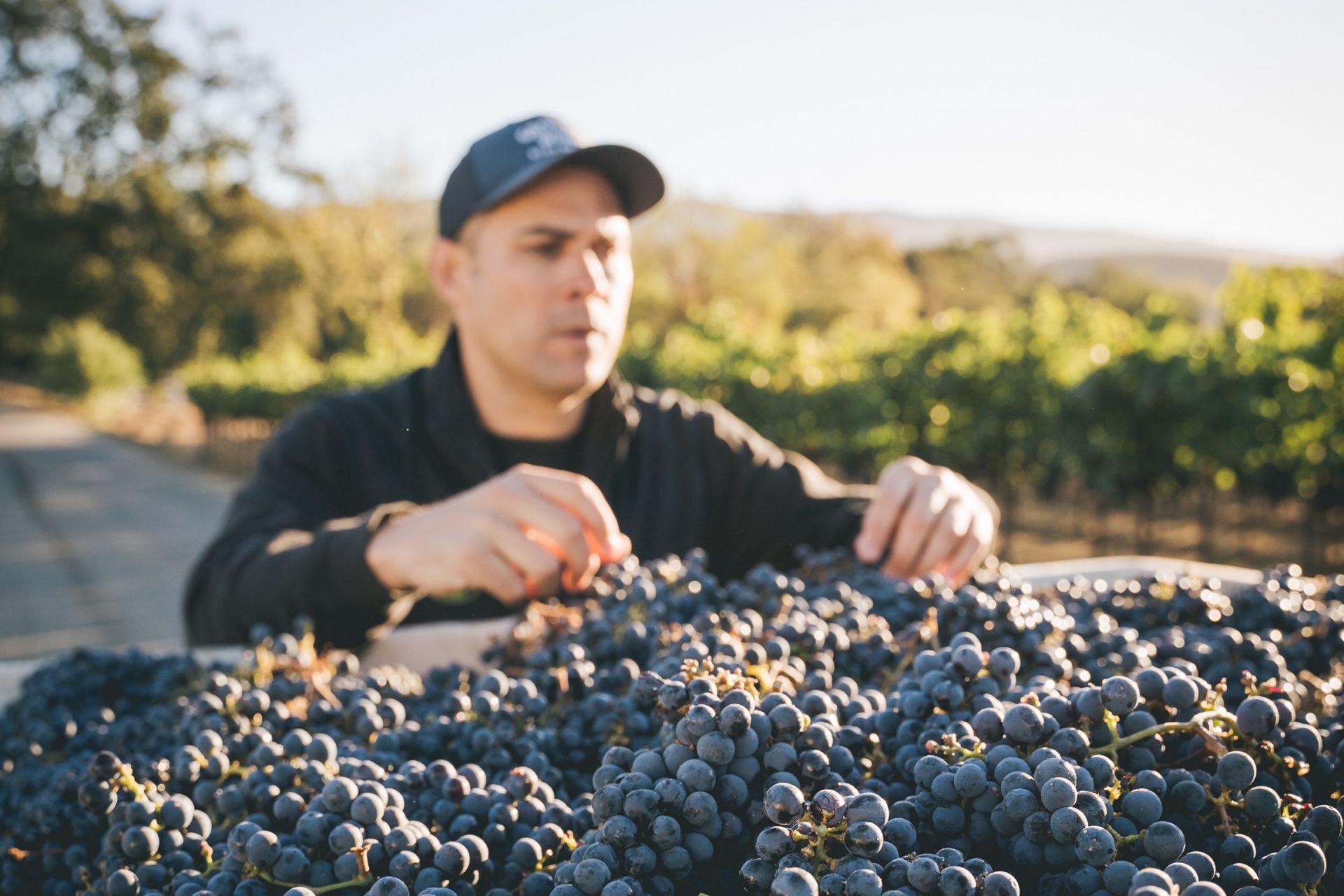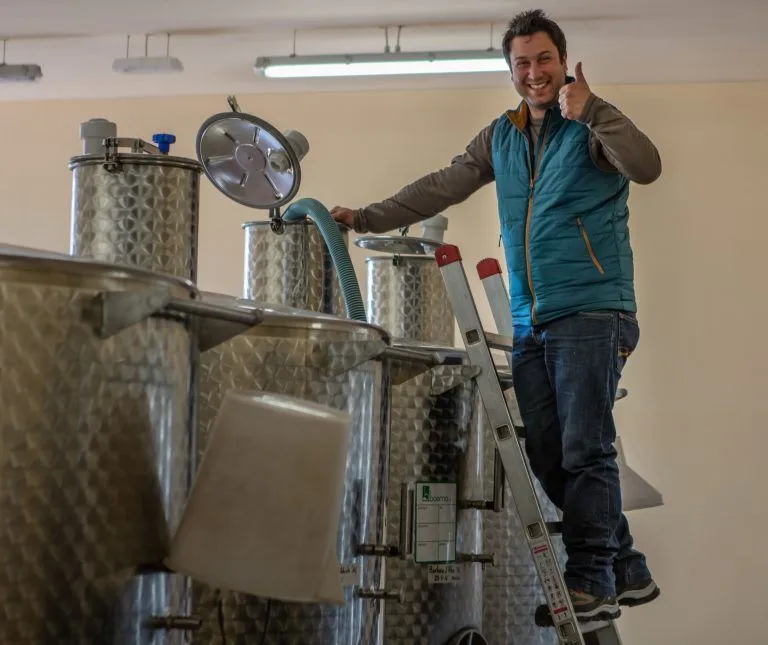Pian dell'Orino
Montalcino, Tuscany, Italy
Pian dell’Orino is an enigma. In only twenty years, husband and wife Jan Hendrik Erbach & Caroline Pobitzer have earned their star among the greatest names in Italian wine, and they did so as outsiders. Caroline hails from the Italo-Germanic Süd-Tyrol in Northern Italy. She was born and raised in her family’s large renaissance castle, the Castel Katzenzungen, which she managed in her young adulthood. This came with viticultural responsibilities: it is at the foot of this castle the famous Versoaln vine grows, contender for both the largest and the oldest grape vine in the world. Imagine the aura that vine must exude!
Meanwhile, Jan Hendrik grew up among the famed vineyards of western Germany. He studied viticulture at the prestigious Geisenheim Academy, becoming both a wine grower and oenologist. After his studies he lived and worked several years in France before coming to Montalcino.
At the turn of the century Caroline had followed her love for Tuscany and fine wine and moved to Montalcino to start Pian dell’Orino. She reached out to this German agronomist and oenologist as an advisor, but their relationship blossomed into love. Together these meticulous wine farmers brought their unique experience and experimentations to the heart of Montalcino’s most classical terroir, adjacent the trailblazer Biondi-Santi. Rigorous soil tests, experimental wholistic agronomy techniques, regenerative farming, it was all a bold frontier for Italian viticulture at the time. It seems so much less radical now, but when Pian dell’Orino was first established, Erbach & Probitzer were among the first in growers in Montalcino to practice biodynamics.
Twenty years later, you can taste the vivid, romantic, enlightening results in the bottle.
Being true poly-farmers, Caroline & Jan have never abandoned their other crops to increase their wine production. They have 1.5 ha of olive trees, 0.5 ha of garden, and 3.5 ha of forest. They maintain only 5.8 hectares of vines, strictly Sangiovese Grosso, allowing them to stay on top of it themselves. In everything they do there is an affirmation of diversity. So it is no coincidence their wines offer such a diversity of aesthetic nuance. Even their genetic material is painstakingly diverse, boasting 22 distinct clones of Brunello’s Sangiovese Grosso phenotype. This panoply of expression gives their vineyards their own inimitable stamp of place.
Their Teuton heritage is seen clearly in their manifestos, dotted with intelligent references to Goethe and Kant, and yet these philosophies imbue their love for their chosen home with all the force and energy of a a true vigneron—an artist in collaboration with nature and culture:
The ‘terroir wine’ conveys the feeling of personal ‘identity’: it frees human beings from the unease of their “self-inflicted minority”, born from the vision of a flattened and undifferentiated reality.
A reference to what Kant wrote seems all but inappropriate: “The universal construct, thanks to its immense grandiosity, infinite diversity and beauty, leads to a silent wonder”.
We want the educated wine lover, with their attention and sensibility to such a great complexity, to be able to approach the noble feeling of wonder Kant refers to.
We, who make our wine, are more than simple producers and bottle sellers. We are (and want to be) those who contribute to the creation, cultivation and survival of this cultural landscape.
Their skillful minimalism in the cellars completes the equation, delivering pristine wines with extraordinary ageing potential. It takes decades of honing ones intuition to pull of indigenous yeast ferments in traditional large-format neutral oak and achieve such clarity. And it takes a confident patience to allow the slow hand of time to knead the wines into shape for several years before bottling. And the reward is a wine that has been tempered for the long haul, built to appreciate in your cellar and reward your own patience, like a virtue-building icon passed from one true believer to the next. It is no wonder these gems have become so highly sought.
The lucky few Brunello die-hards who’ve laid their hands on these wines have praised the uncompromising approach of Jan & Caroline in no uncertain terms. Their litany of 100-point scores and wine-of-the-year appearances in the world’s foremost publications confirms what any Brunello acolyte can tell you with their first sip. Yet all this fawning and international esteem seems somehow incongruent with the humble, farming-first disposition of this quaint domain. We say just lay these down and wait for the moment it calls to you. Or tear in with a sense of adventure and watch these wines open in your decanter for several hours, donning whole new costumes at every interval.
A word from Pian dell’Orino:
In our seven vineyards - Pian dell’Orino, Pian Bassolino, Scopeta, Cancello Rosso, Del Moro and, since March 2020, Pian dell’Oro and Olivetello - Sangiovese is the only cultivated variety.
- By studying the donation of our estate, we safeguard the genuine expression of the land in our wine, and respect the peculiar characteristics of each individual vintage.
- Our work is deeply connected with the observation of the energy flows that are primarily conveyed by lunar phases and respects the natural rhythms that influence the vital processes of each plant
- Complexity defines uniqueness: preserving the forest and sowing different types of herbs promotes biodiversity, preserves the humus content and improves soil structure while creating a perfect habitat for insects, reptiles, and many other organisms.
- All the products and preparations that are used in the vineyard come from nature and are therefore derived from life itself.
- All the work on the vines, including the harvest, is rigorously performed by hand with the greatest gentleness and care.
- The selection of each single berry guarantees that only top-quality grapes are taken to the cellar.
- Fermentation is slow and spontaneous: it is induced solely by indigenous yeasts.
- We do not use any invasive techniques during fermentation and ageing.
- Ageing takes place in 10-60 hL barrels and is monitored very closely with punctual sensory tests.
- We minimise the use of sulphur dioxide to ensure the wine is perfectly digestible.
- We preserve wine vitality by abolishing all forms of filtration.
- We hold ICEA and AgriBio certifications.
- The maximum output of our vineyards is one bottle per vine.
Learn more about the
Brunello di Montalcino and
Rosso di Montalcino wine regions on www.vinerra.com.
Wines by this Producer
News, Views and Happenings from Vino al Vino
New Paragraph
Contact Us
We will get back to you as soon as possible.
Please try again later.
*You are consenting to receive marketing emails from us. You can revoke your consent at any time by unsubscribing.
2014 - 2025 © All Rights Reserved Vino Al Vino Inc.
